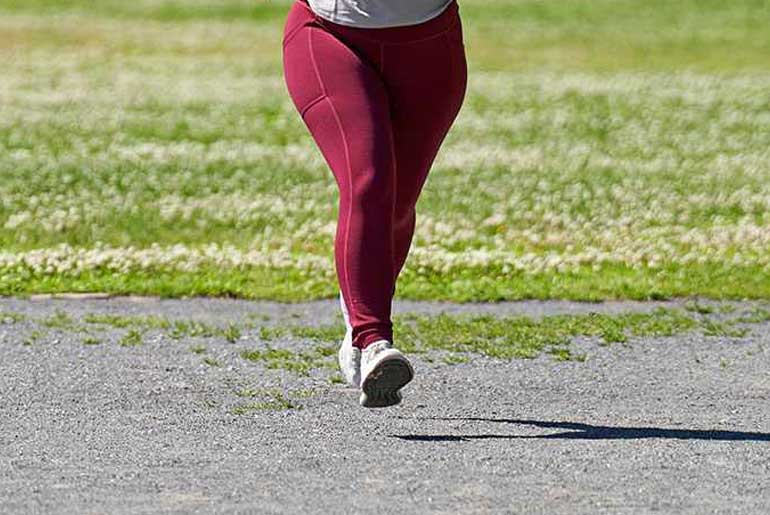Normally, walking three kilometers to work takes about 45 minutes, but running the same distance in just 20 minutes can leave you feeling more tired and expended more energy than usual. This increased fatigue despite covering the same distance can be attributed to the concept of “metabolic cost,” which measures the energy consumed by the body to perform an activity. This cost is influenced by the intensity of the activity, with running being more demanding than walking.
The metabolic cost of an activity can be assessed by analyzing the amount of oxygen consumed and carbon dioxide produced by the body. Researchers in the 1970s used this method to demonstrate that running, being a high-intensity exercise, requires more energy per unit of distance compared to walking. This is why running the same distance as walking can lead to greater feelings of tiredness and a higher overall energy expenditure.
When comparing running to walking over the same distance, running generally requires more energy, primarily due to several factors related to the biomechanics and physiology of the activities.
- Energy Expenditure During Activity: Running demands more energy than walking because it involves a greater vertical movement of the body. When running, the body moves up and down more significantly compared to walking. This vertical displacement requires additional energy from the muscles in the lower limbs to produce the necessary force. This energy expenditure contributes to a higher metabolic cost per distance traveled. Consequently, even though both activities cover the same distance, running burns more calories.
- Post-Exercise Energy Expenditure: The energy expenditure associated with running extends beyond the duration of the activity itself. After running, the body continues to burn more calories than at rest for a period of time. This increased energy expenditure is due to elevated body temperature and the need to replenish energy reserves. The post-exercise calorie burn is notably higher after running compared to walking, as the intensity of running leads to greater physiological demands and recovery needs.
- Speed and Efficiency Considerations: The energy efficiency of walking versus running can vary based on speed. At a normal walking speed (around 5 km/h), running is more energy-efficient for covering the same distance. However, if walking very slowly, the total energy expenditure might exceed that of running due to prolonged activity time. Conversely, walking at speeds greater than 8 km/h approaches the intensity of running, making running more energy-efficient. The body’s basal metabolic rate (the energy expenditure per unit of time) also influences total calorie burn, as it remains constant regardless of activity intensity.
Running typically consumes more energy than walking over the same distance due to the increased vertical movement and the higher post-exercise energy expenditure. The efficiency of walking versus running also depends on the speed of walking, with running being more efficient at higher speeds. Regardless of the choice between walking or running, both activities contribute to energy savings and overall fitness.
Disclaimer:
The information contained in this article is for educational and informational purposes only and is not intended as a health advice. We would ask you to consult a qualified professional or medical expert to gain additional knowledge before you choose to consume any product or perform any exercise.







